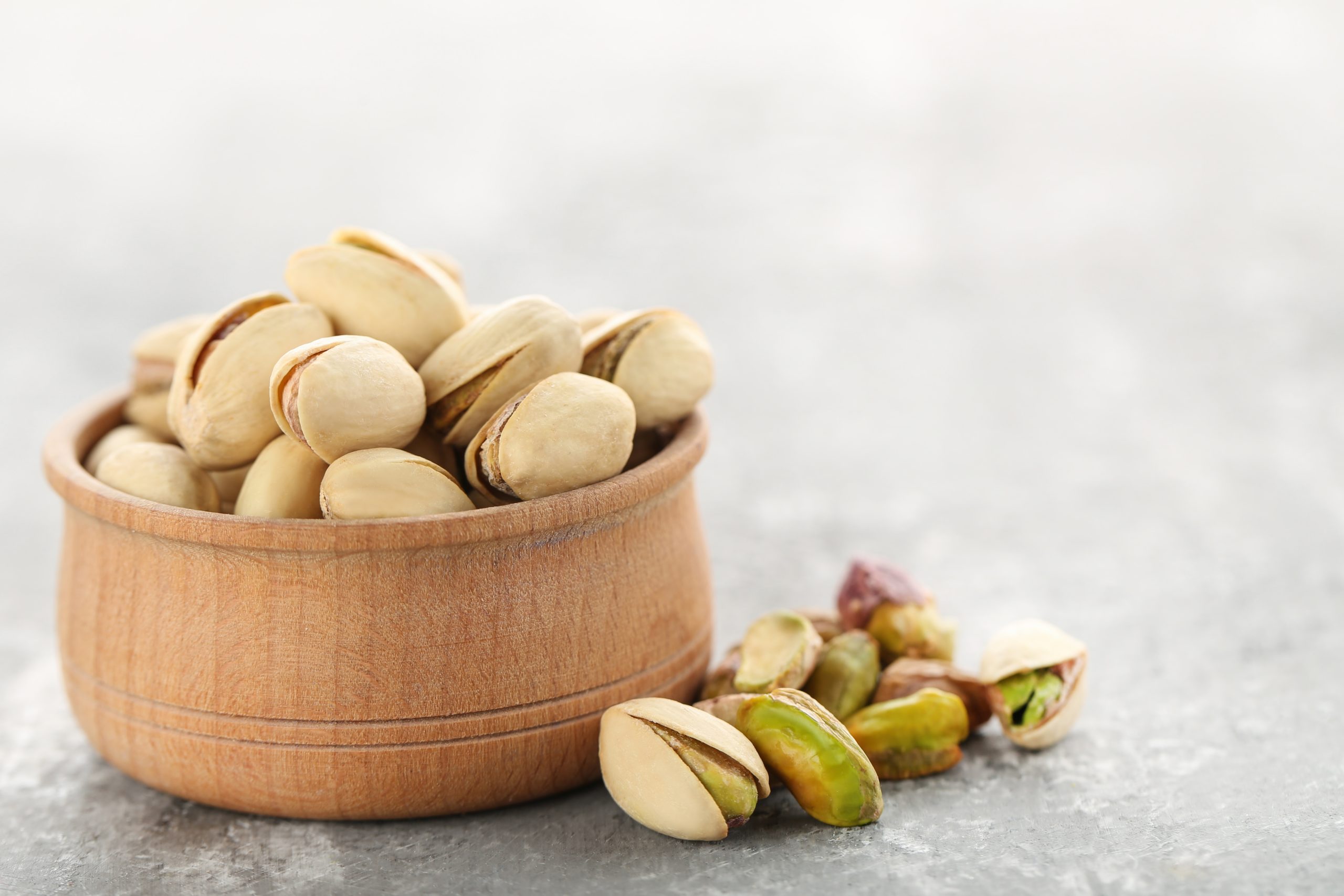

Articles
How To Store Pistachio Nuts
Modified: January 8, 2024
Learn the best methods for storing pistachio nuts in this comprehensive guide. Discover helpful tips and techniques in our articles to ensure your pistachios stay fresh and flavorful for longer.
(Many of the links in this article redirect to a specific reviewed product. Your purchase of these products through affiliate links helps to generate commission for Storables.com, at no extra cost. Learn more)
Introduction
When it comes to nuts, few can rival the unique and delicious flavor of pistachios. Whether enjoyed as a snack, added to recipes, or used as a topping, pistachio nuts are a popular choice for their buttery taste and nutritional benefits. However, to fully savor their flavor and maintain their quality, proper storage is essential.
Proper storage not only helps to preserve the freshness and taste of pistachio nuts, but also extends their shelf life. When stored incorrectly, pistachios can become rancid, lose their crunchiness, or become vulnerable to pests. To ensure you can enjoy the full potential of these delectable nuts, it’s important to understand the factors that influence their storage and learn the best practices for keeping them fresh.
In this article, we will explore the importance of proper storage for pistachio nuts, the factors that can affect their storage, and the steps you can take to maintain their quality. Whether you have unshelled or shelled pistachios, these guidelines will help you make the most of this versatile nut and ensure its longevity.
Key Takeaways:
- Preserve the Crunch: Store pistachios in airtight containers, away from light and moisture, to maintain their delightful crunchiness and prevent rancidity. Enjoy the buttery richness and nutritional benefits for an extended period.
- Extend Freshness: Choose the right storage containers, control temperature and humidity, and follow proper handling techniques to maximize the shelf life of pistachio nuts. Enjoy their delicious flavor and versatility in various recipes or as a delightful snack.
Read more: How To Store Pistachios In The Shell
Importance of Proper Storage for Pistachio Nuts
Proper storage is crucial for maintaining the freshness, flavor, and nutritional value of pistachio nuts. When pistachios are exposed to improper storage conditions, they can quickly lose their quality and become less enjoyable to consume.
One of the primary reasons for storing pistachio nuts correctly is to prevent them from becoming rancid. Nuts, including pistachios, contain natural oils that can turn rancid when exposed to heat, light, and air. Rancid nuts have an unpleasant taste and smell, and consuming them can lead to digestive discomfort. By storing pistachios in the right conditions, you can help preserve their natural oils, preventing them from going rancid and ensuring a delightful taste experience.
Another reason to store pistachios properly is to preserve their crunchiness and texture. Exposure to moisture or humidity can make pistachio nuts soft and chewy, diminishing their satisfying crunch. By storing them in a dry environment, you can maintain their desirable texture and enjoy a satisfying snacking experience.
Proper storage also plays a significant role in preventing the infestation of pests. Insects and rodents are attracted to the oils and nutrients present in pistachio nuts. If pistachios are not stored correctly, pests can find their way into the container and contaminate the nuts. This not only compromises the quality but also poses health risks. By utilizing appropriate storage methods, you can create a barrier between the nuts and potential pests, ensuring that your pistachios remain safe and enjoyable for consumption.
Factors Affecting Pistachio Nut Storage
Several factors can influence the storage of pistachio nuts, determining how well they will preserve their quality and freshness. Understanding these factors will help you make informed decisions and ensure optimal storage conditions for your pistachios.
1. Temperature: Temperature plays a crucial role in the storage of pistachio nuts. Ideally, pistachios should be stored in a cool location, away from direct sunlight and heat sources. Higher temperatures can accelerate the oxidation process, leading to quicker rancidity. It is recommended to store pistachios at a temperature between 32°F and 50°F (0°C to 10°C) to maintain their freshness.
2. Humidity: Moisture and humidity are enemies of pistachio nut storage. Excess humidity can cause the nuts to become soft and lose their crunchiness. It can also lead to the growth of molds and bacteria, compromising the quality and safety of the nuts. To avoid these issues, store pistachios in a dry environment with humidity levels below 60%. Using airtight containers or packaging will help keep moisture out and maintain the nuts’ quality.
3. Light: Exposure to light can cause pistachio nuts to deteriorate rapidly. Ultraviolet (UV) light can degrade the natural oils present in nuts, leading to off flavors and rancidity. To protect your pistachios from light damage, store them in opaque or dark-colored containers that block UV rays. Keep the storage area away from direct sunlight to maintain the nuts’ freshness and taste.
4. Oxygen Exposure: Pistachio nuts, like many other nuts, are sensitive to oxygen exposure. Oxygen can cause the nuts to go rancid by promoting the oxidation process. It is crucial to store pistachios in airtight containers that prevent the entry of oxygen. Vacuum-sealed bags or containers with tight-fitting lids are excellent choices for storing pistachios, as they create a barrier against oxygen and help preserve the nuts’ quality.
5. Time: Time is an essential factor to consider when storing pistachios. While proper storage conditions can extend the shelf life of pistachios, it is still important to consume them within a reasonable time frame. As time passes, the quality of the nuts may deteriorate, even under optimal storage conditions. To ensure the best taste and freshness, it is recommended to consume pistachios within six months to a year of purchasing them.
Choosing the Right Storage Container
Selecting the appropriate storage container for your pistachio nuts is crucial to maintaining their quality and prolonging their shelf life. Here are some factors to consider when choosing the right storage container:
1. Airtightness: The storage container you choose should have a tight seal to prevent the entry of air, which can cause pistachios to go rancid. Look for containers with airtight lids or closures to create a barrier against oxygen and moisture.
2. Material: Opt for containers made from materials that provide excellent protection against light and moisture. Glass jars with tight-fitting lids or food-grade plastic containers are popular choices for pistachio storage. Avoid containers that are transparent or made from materials that can leach chemicals into the nuts.
3. Size: Consider the quantity of pistachios you plan to store and choose a container that can accommodate them without leaving excessive empty space. A tightly packed container will minimize air exposure and help maintain the nuts’ freshness for a longer period.
4. Proximity: Store pistachios in containers that can be easily accessed and conveniently placed in a suitable storage location. This ensures that you can monitor the nuts regularly and retrieve them without difficulty when needed.
5. Labeling: It is beneficial to label your storage container with the date of purchase or the expiration date of the pistachio nuts. This will help you keep track of the freshness and ensure that older batches are consumed first.
Remember to clean the storage container thoroughly before transferring pistachio nuts to avoid any potential contamination. Additionally, make sure the container is completely dry before placing the nuts inside, as moisture can lead to spoilage.
By choosing the right storage container, you can provide the necessary protection to your pistachio nuts, keeping them fresh, flavorful, and ready to enjoy whenever you desire.
Preparing Pistachio Nuts for Storage
Properly preparing your pistachio nuts before storage is an important step in ensuring their longevity and maintaining their quality. Follow these guidelines to prepare pistachio nuts for storage:
1. Sort and clean: Before storing pistachio nuts, it is essential to sort through them and remove any damaged or discolored nuts. Also, check for any foreign objects or shell fragments that may be present. When finished, give the pistachios a quick rinse and gently pat them dry to remove any dirt or dust particles.
2. Shell or unshell: Decide whether you want to store the pistachios with the shells or without. Unshelled pistachios tend to have a longer shelf life since the shell provides additional protection. However, if you prefer the convenience of shelled pistachios, make sure they are properly sealed and stored to maintain their freshness.
3. Roasting (optional): Roasting enhances the flavor and aroma of pistachio nuts. If you prefer a roasted taste, you can lightly roast the nuts before storage. Spread the pistachio nuts in a single layer on a baking sheet and bake them in a preheated oven at 350°F (175°C) for about 10-12 minutes. Keep a close eye on them to avoid over-roasting or burning.
4. Cooling: After roasting (if applicable), allow the pistachio nuts to cool completely before transferring them to storage containers. This helps to prevent condensation and maintain the nuts’ crispness.
5. Packaging: If you choose to store unshelled pistachios, consider using burlap or mesh bags that allow for airflow, preventing moisture buildup. For shelled pistachios, opt for airtight containers mentioned earlier in the “Choosing the Right Storage Container” section. Make sure the containers are clean and completely dry before adding the nuts. Seal the containers tightly to prevent the entry of air and moisture.
Remember to store pistachios away from other strong-smelling foods, as their flavor can be easily influenced by surrounding odors. Additionally, it’s important to avoid exposing the nuts to excessive heat or extreme temperature fluctuations, as this can negatively affect their quality.
By following these preparation steps, you can ensure that your pistachio nuts are ready for storage and will remain fresh, flavorful, and enjoyable to eat over an extended period of time.
Read more: How To Store Shelled Pistachios
Proper Temperature and Humidity for Pistachio Nut Storage
Maintaining the correct temperature and humidity levels is vital for the proper storage of pistachio nuts. By controlling these factors, you can preserve the nuts’ freshness, flavor, and texture. Here are some guidelines to ensure the optimal conditions for pistachio nut storage:
1. Temperature: Pistachios should be stored in a cool environment to prevent the oxidation process and slow down the development of rancidity. The ideal temperature range for storing pistachio nuts is between 32°F and 50°F (0°C to 10°C). Avoid storing them in areas prone to temperature fluctuations, such as near ovens, stoves, or windows exposed to direct sunlight.
2. Humidity: Pistachios are sensitive to moisture, and excess humidity can cause them to become soft, lose their crunchiness, and even promote the growth of molds or bacteria. To maintain the proper humidity levels, store pistachio nuts in a dry environment with humidity levels below 60%. Avoid storing them in areas with high humidity, such as basements or near laundry rooms. Using a dehumidifier in the storage area can also help control humidity levels.
3. Air Circulation: Proper air circulation is essential to prevent the accumulation of moisture around pistachio nuts. Ensure that there is adequate air circulation in the storage area to maintain freshness. Avoid tightly packing the nuts in an airtight container without any room for airflow, as this could lead to moisture buildup and compromise the quality of the nuts.
4. Refrigeration or Freezing: While refrigeration or freezing can extend the shelf life of some food items, it is generally not recommended for storing pistachio nuts. The cold temperature can cause condensation to form on the nuts, leading to moisture absorption and potential loss of quality. However, if you do choose to refrigerate or freeze pistachios, ensure they are tightly sealed in moisture-proof bags or containers to minimize the risk of moisture absorption. Before consuming refrigerated or frozen pistachios, allow them to come to room temperature to avoid any texture changes.
It’s important to note that maintaining consistent temperature and humidity levels is key for preserving the quality of pistachio nuts. Fluctuations in temperature and humidity can accelerate the oxidation process, leading to rancidity and a decline in taste and texture. Ensure the storage area is properly insulated and protected from external factors that can impact temperature and humidity, such as drafts or heat sources.
By storing pistachio nuts in a cool and dry environment with controlled temperature and humidity, you can prolong their shelf life and enjoy their delicious taste and texture for an extended period of time.
Store pistachio nuts in an airtight container in the refrigerator to maintain their freshness and prevent them from becoming rancid.
Handling and Storing Unshelled Pistachios
Unshelled pistachios require special handling and storage techniques to ensure their freshness and protect them from external elements. Here are some guidelines for properly handling and storing unshelled pistachios:
1. Sorting: Before storing unshelled pistachios, it’s important to sort through them and remove any damaged or discolored nuts. Discard nuts with cracked shells or signs of mold or insect infestation.
2. Cleaning: Rinse the unshelled pistachios with water to remove any dust or debris. Gently pat them dry with a clean towel or paper towel to remove excess moisture. Ensure they are completely dry before storing as moisture can contribute to mold growth.
3. Storage container: Select a breathable container for unshelled pistachios to prevent moisture buildup. Burlap or mesh bags are ideal choices as they allow for proper air circulation, reducing the risk of mold. Avoid plastic bags or containers, as they can trap moisture and promote the growth of mold.
4. Airtight secondary container: To further protect unshelled pistachios from oxygen exposure, place the breathable bag containing the nuts inside an airtight container such as a glass jar or a plastic container with a tight-fitting lid. This double-layered approach helps maintain freshness and protects the nuts from insects or pests.
5. Cool and dry storage: Store unshelled pistachios in a cool, dry place away from direct sunlight or sources of heat. A pantry or cool cupboard is an ideal location for long-term storage. Remember to avoid areas prone to high humidity or temperature fluctuations, as these conditions can impact the quality of the nuts.
6. Regular inspection: Periodically check the stored unshelled pistachios for any signs of mold growth, insect infestation, or rancidity. Remove any nuts that appear spoiled to prevent the spoilage from spreading to the rest of the batch.
7. Shelling before consumption: When you’re ready to enjoy the pistachios, shell them just before use to maintain maximum freshness. Unshelled pistachios have a longer shelf life compared to shelled ones, so it’s advisable to shell them as needed rather than in advance.
By following these guidelines, you can ensure that your unshelled pistachios stay fresh and flavorful for an extended period. Proper handling and storage techniques are essential for maintaining the quality and preventing spoilage of these delicious nuts.
Handling and Storing Shelled Pistachios
Shelled pistachios require careful handling and storage to maintain their freshness, flavor, and texture. Follow these guidelines to handle and store shelled pistachios properly:
1. Sort and inspect: Before storing shelled pistachios, sort through them to remove any debris, shell fragments, or discolored nuts. Inspect for signs of mold, pests, or rancidity. Discard any pistachios that appear spoiled or off in taste.
2. Airtight containers: Place shelled pistachios in an airtight container to prevent exposure to air and moisture. Choose a container with a tight-fitting lid, such as a glass jar or a food-grade plastic container. This will help maintain their freshness and protect them from potential contaminants.
3. Cool and dark storage: Store the airtight container of shelled pistachios in a cool and dark place, away from direct sunlight or heat sources. The ideal temperature range is between 32°F and 50°F (0°C to 10°C). Avoid storing them in the refrigerator as moisture in the fridge can affect the texture and flavor of the nuts.
4. Avoid excessive handling: While handling shelled pistachios, minimize excessive touching or exposure to moisture from your hands. This can introduce moisture, which can lead to a decline in quality or spoilage. Instead, use a clean utensil or scoop to handle the nuts.
5. Labeling and date marking: To keep track of the freshness, label the container with the date of purchase or the expiration date of the pistachios. This will help you prioritize consumption and ensure that the older batches are used first.
6. Regular freshness check: Periodically check the shelled pistachios for any signs of rancidity, mold growth, or pest infestation. If you notice any off flavors or the appearance of mold or pests, remove the affected nuts immediately to prevent further contamination.
7. Consumption timeline: Shelled pistachios have a shorter shelf life compared to unshelled pistachios due to the exposure of the nut flesh to air and potential moisture absorption. Consume the shelled pistachios within several months of purchase for the best flavor and texture.
By following these guidelines, you can ensure that your shelled pistachios stay fresh and enjoyable for an extended period. Proper handling and storage techniques are crucial for maintaining the quality and preventing spoilage of these delicious nuts.
Checking for Quality and Freshness
Regularly checking the quality and freshness of pistachio nuts is essential to ensure that you consume them at their best. Here are key factors to consider when checking the quality and freshness of pistachios:
1. Appearance: A quick visual inspection can reveal a lot about the quality of pistachio nuts. Look for nuts that have a bright green or beige color, depending on their variety. Avoid nuts that have a dull or yellowish hue, as this may indicate age or improper storage.
2. Aroma: Gently sniff the pistachios to detect any off-putting odors. Fresh pistachios should have a mild, pleasant nutty aroma. If you notice a rancid or stale smell, it’s an indication that the nuts are no longer fresh and may have gone bad.
3. Texture: The texture of pistachio nuts is an essential component of their overall quality. Fresh pistachios should have a firm texture with a slight crispness. Avoid pistachios that feel soft, mushy, or rubbery, as this can be a sign of moisture absorption or staleness.
4. Taste: Taste a few pistachios to assess their flavor. They should have a mildly sweet and nutty taste. If you detect any bitterness, sourness, or an off flavor, it indicates that the pistachios have deteriorated and should not be consumed.
5. Rancidity: Rancid pistachios have a distinguishable sour or musty taste. If you notice an unpleasant or off taste, it’s likely that the nuts have started to go rancid. Discard them immediately to avoid any potential health issues.
6. Freshness indicators: If you have purchased pistachios in their shells, crack a few open to examine the interior. Fresh pistachios will have a vibrant green or beige kernel. If you notice discoloration, such as a yellowish or darkened kernel, the nuts are likely past their prime.
It’s important to note that pistachio nuts have a limited shelf life, even under optimal storage conditions. Therefore, it’s advisable to purchase pistachios in smaller quantities to ensure you consume them while they’re at their freshest.
By regularly checking the quality and freshness of pistachio nuts, you can enjoy them at their peak flavor and ensure a delightful snacking or cooking experience. If in doubt about the freshness or quality, it’s better to err on the side of caution and discard the nuts to maintain your health and enjoyment.
Read more: How To Store Candied Nuts
Tips for Extending Pistachio Nut Shelf Life
Pistachio nuts are a delicious and nutritious snack, and extending their shelf life ensures that you can enjoy them for longer. Follow these tips to maximize the freshness and longevity of your pistachio nuts:
1. Proper storage: As mentioned earlier, storing pistachio nuts in the right conditions is crucial for preserving their quality. Keep them in a cool, dry place away from direct sunlight and heat sources. Avoid storing them in areas with high humidity, as moisture can lead to mold or spoilage.
2. Airtight containers: Use airtight containers such as glass jars or food-grade plastic containers with tight-fitting lids to store pistachios. This helps create a barrier against air, moisture, and pests, extending the shelf life of the nuts.
3. Keep away from strong odors: Pistachios can easily absorb odors from strong-smelling foods. Store them away from onions, garlic, or other pungent ingredients to prevent flavor contamination.
4. Avoid excessive handling: Limit the exposure of pistachio nuts to air and moisture by avoiding excessive handling. Seal the container tightly after each use and avoid touching the nuts with damp hands.
5. Freezing (optional): If you have a large batch of pistachio nuts and want to extend their shelf life even further, consider freezing them. Place the nuts in airtight freezer-safe bags or containers and store them in the freezer. Frozen pistachios can last for up to a year. Thaw them at room temperature before consuming.
6. Roasting before storage (optional): If you prefer the flavor and aroma of roasted pistachios, consider lightly roasting them before storage. Roasting helps enhance their taste and also extends their shelf life due to the removal of surface moisture during the roasting process.
7. Purchase in small quantities: To ensure the freshest pistachios, buy them in smaller quantities that you can consume within a reasonable time frame. This helps prevent them from sitting for too long and losing their freshness.
8. Regular freshness checks: Periodically check the pistachio nuts for signs of mold, pest infestation, or rancidity. Remove any spoiled nuts immediately to prevent them from affecting the rest of the batch.
By following these tips, you can extend the shelf life of your pistachio nuts, ensuring they remain fresh, flavorful, and enjoyable to eat over an extended period of time.
Conclusion
Proper storage and handling of pistachio nuts are crucial for preserving their freshness, flavor, and quality. By following the guidelines outlined in this article, you can extend the shelf life of pistachios and ensure an enjoyable snacking or cooking experience. From choosing the right storage containers to maintaining the proper temperature and humidity levels, each step plays a vital role in preserving the integrity of the nuts.
Remember to sort and clean the nuts before storage, and consider whether to store them unshelled or shelled based on your preference and convenience. Pay attention to the temperature and humidity levels in the storage area, keeping it cool and dry to prevent spoilage. Regularly inspect the nuts for any signs of mold, pests, or rancidity, and discard any spoiled nuts immediately.
To maximize the shelf life of pistachio nuts, adhere to the recommended storage techniques such as using airtight containers, keeping them away from strong odors, and avoiding excessive handling. Consider freezing or roasting the nuts before storage for extended freshness, and purchase pistachios in smaller quantities to ensure the best flavor.
By implementing these tips and guidelines, you can savor the delectable taste and nutritional benefits of pistachio nuts for an extended period. Enjoy their buttery richness, crunchiness, and versatility in various recipes or as a delightful snack. With proper storage and care, your pistachios will remain fresh, inviting, and ready to be enjoyed whenever you desire.
So go ahead, store your pistachios wisely, and indulge in the irresistible flavor of these iconic nuts!
Frequently Asked Questions about How To Store Pistachio Nuts
Was this page helpful?
At Storables.com, we guarantee accurate and reliable information. Our content, validated by Expert Board Contributors, is crafted following stringent Editorial Policies. We're committed to providing you with well-researched, expert-backed insights for all your informational needs.
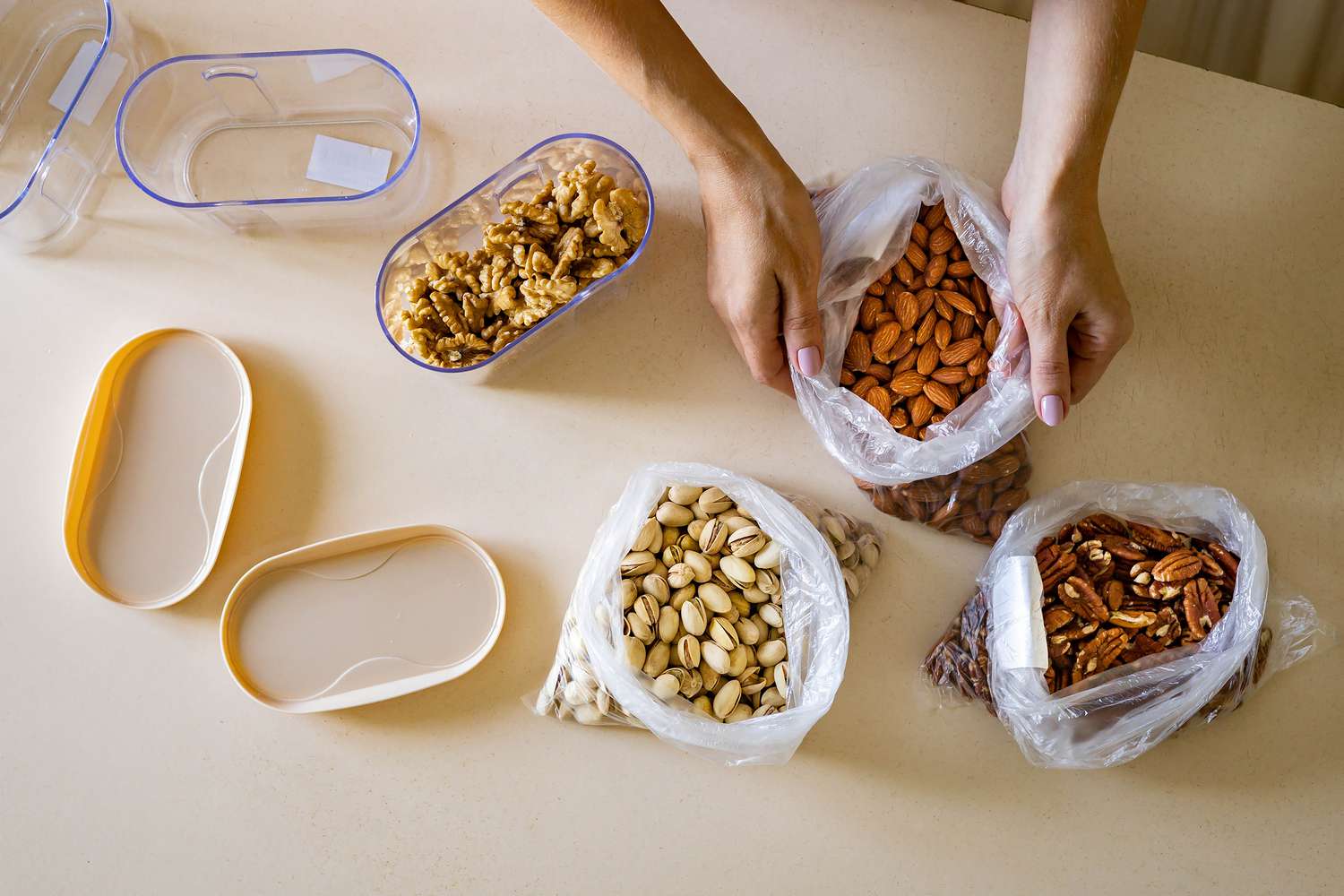
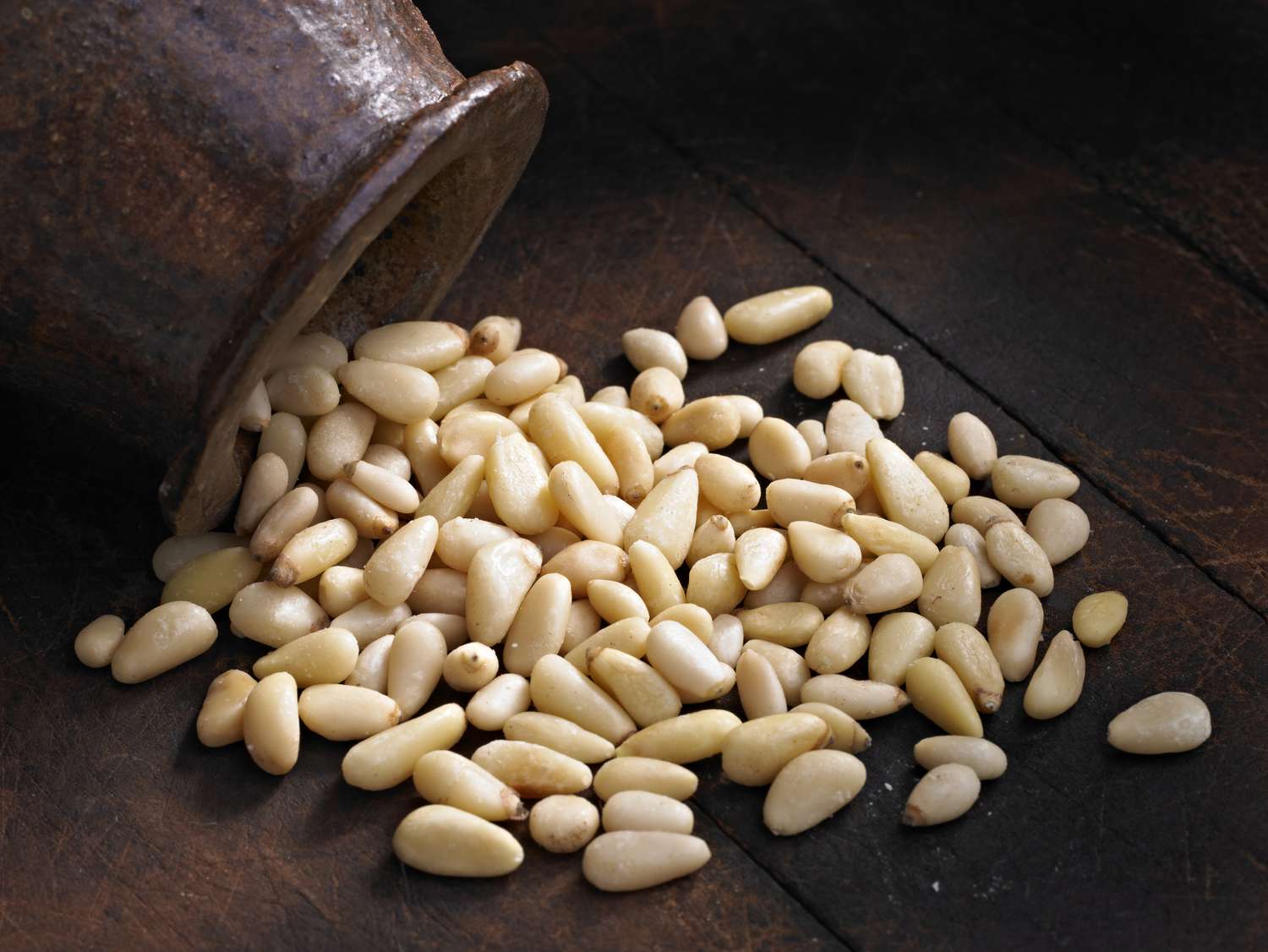
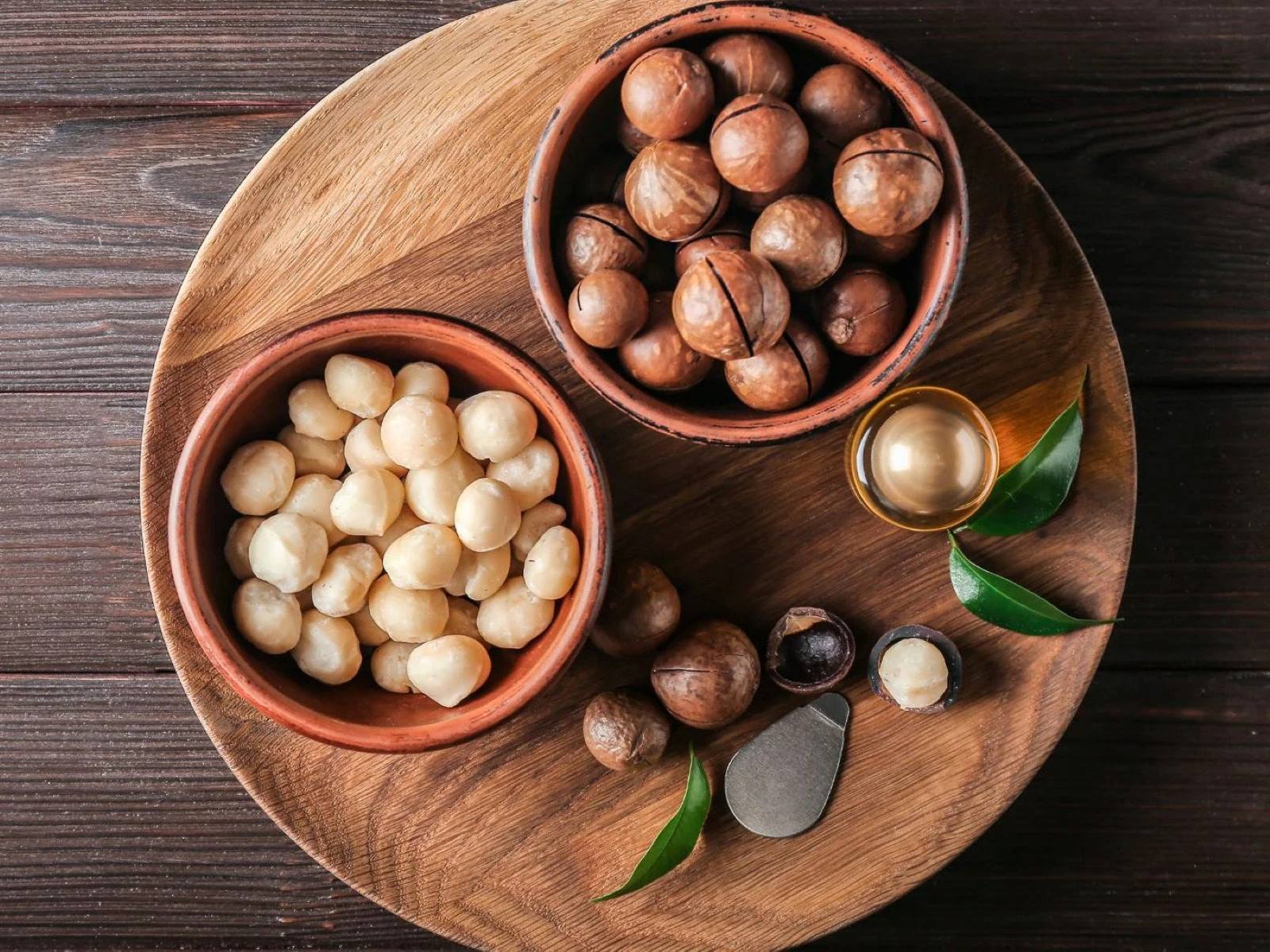
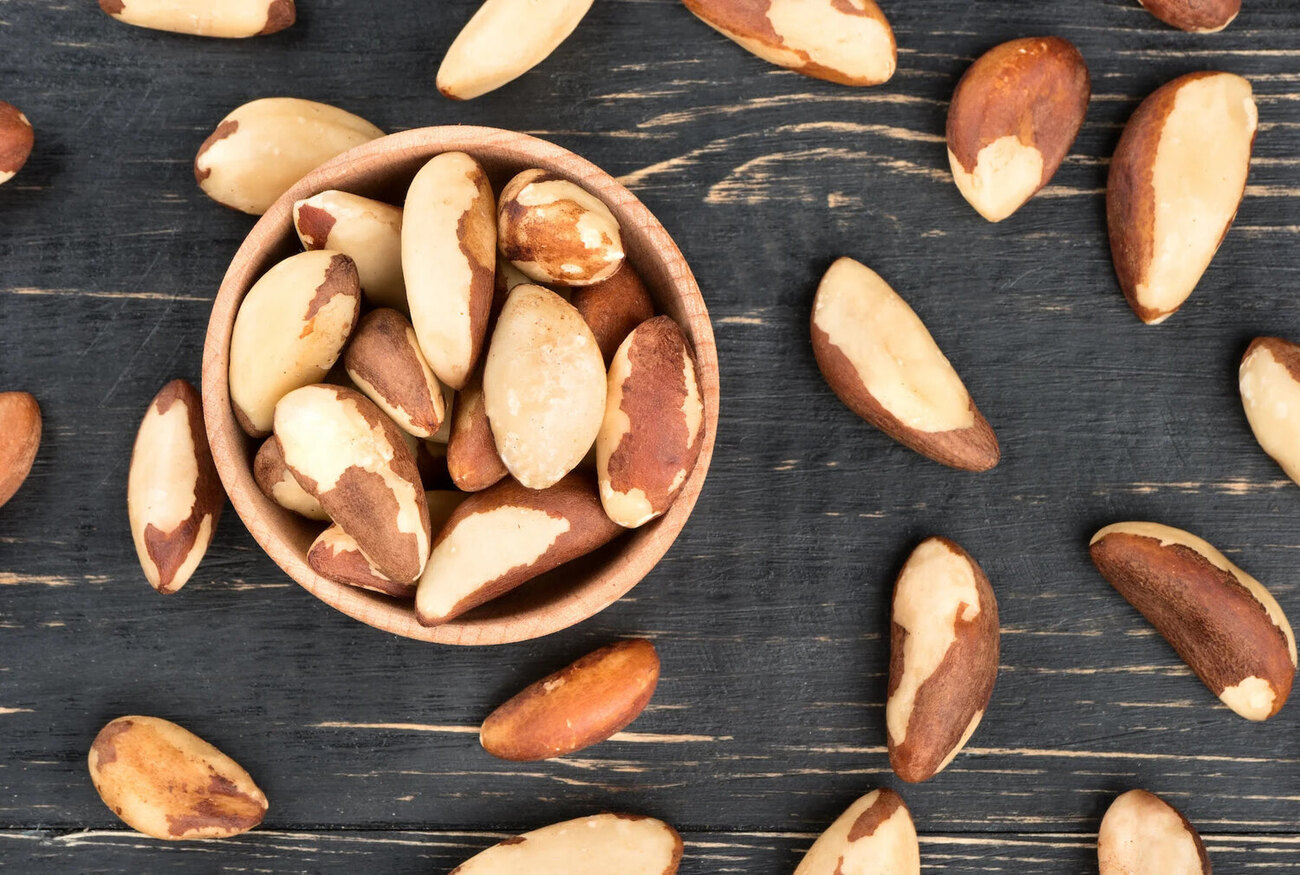
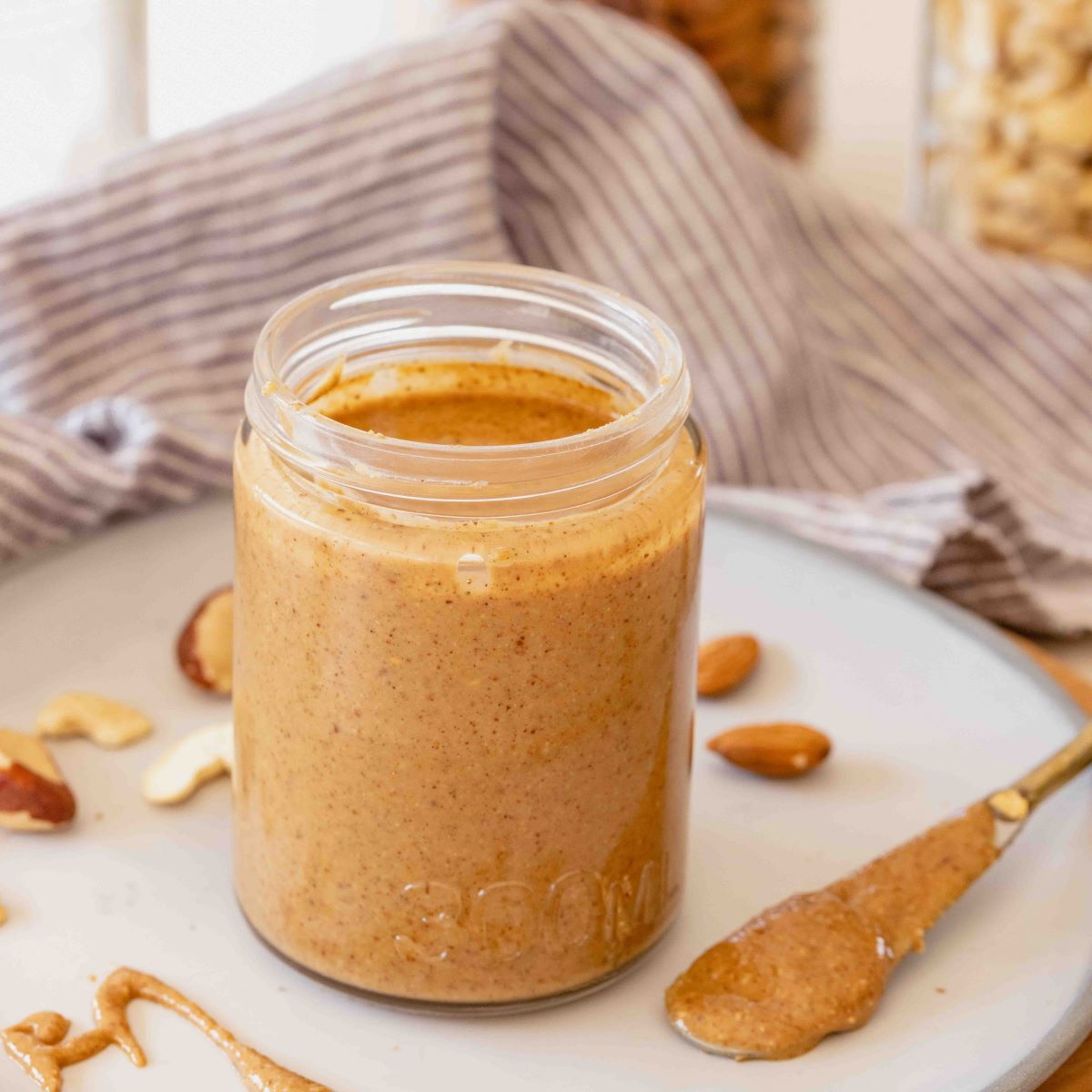
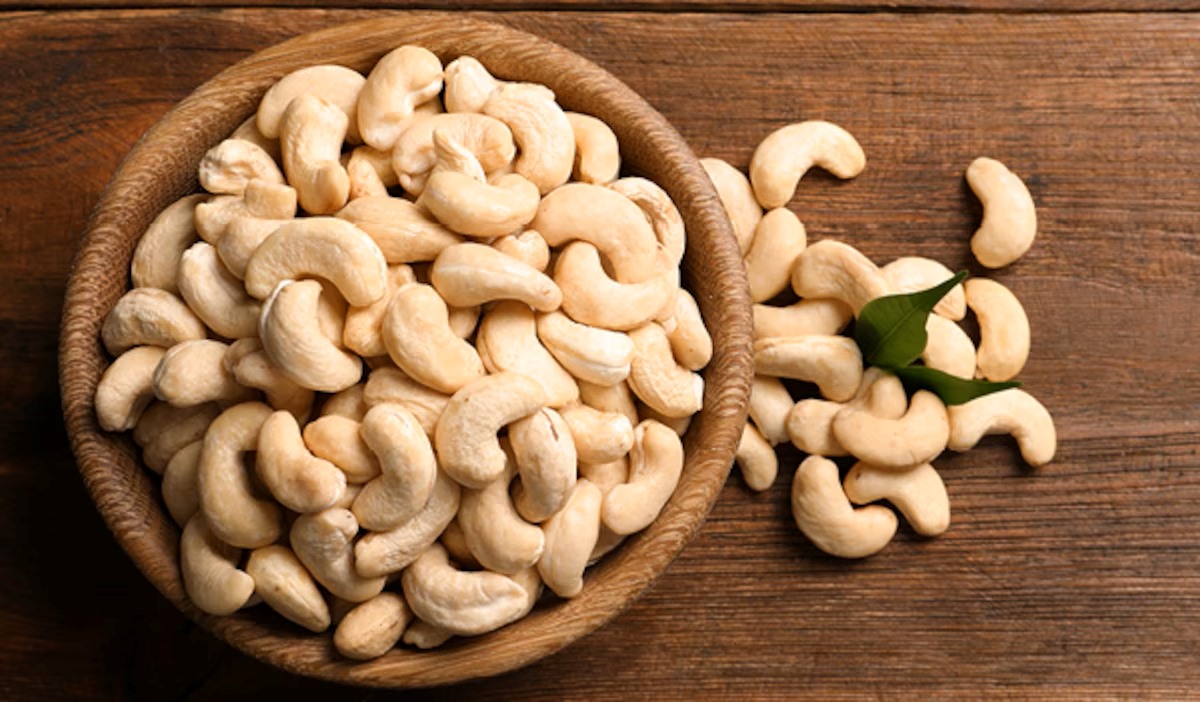
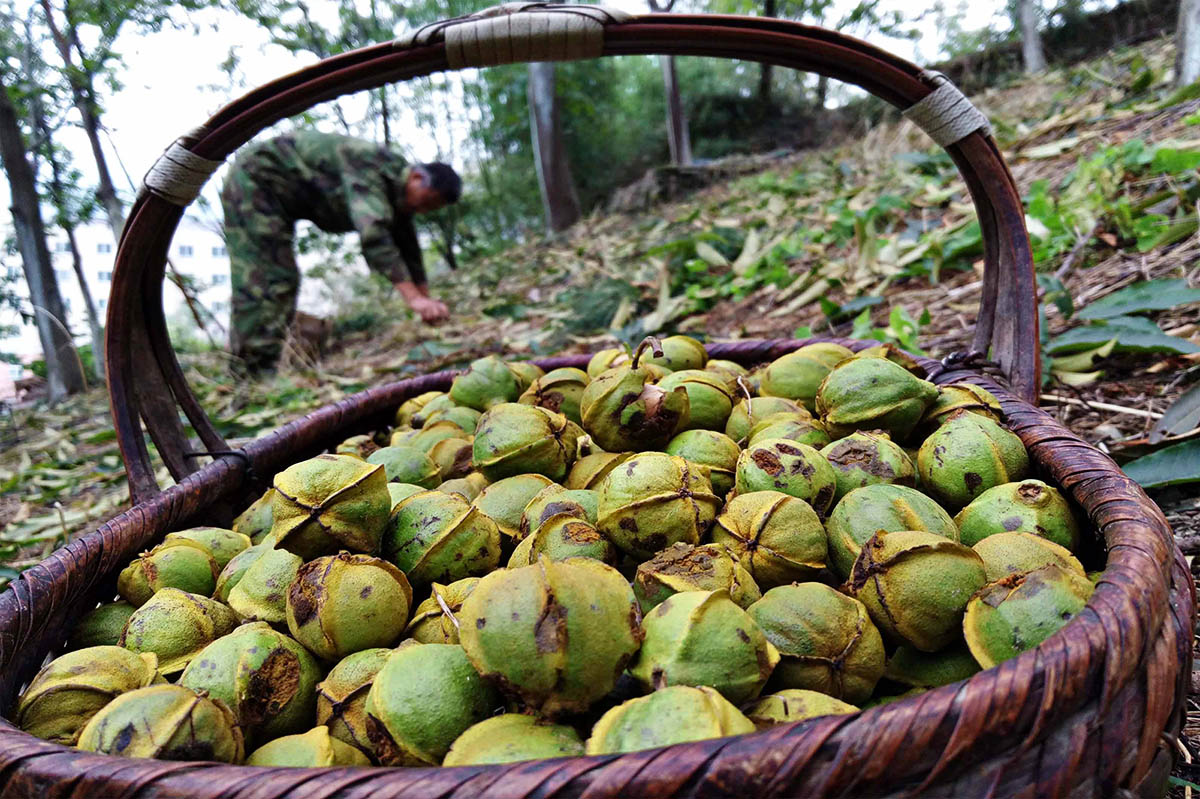
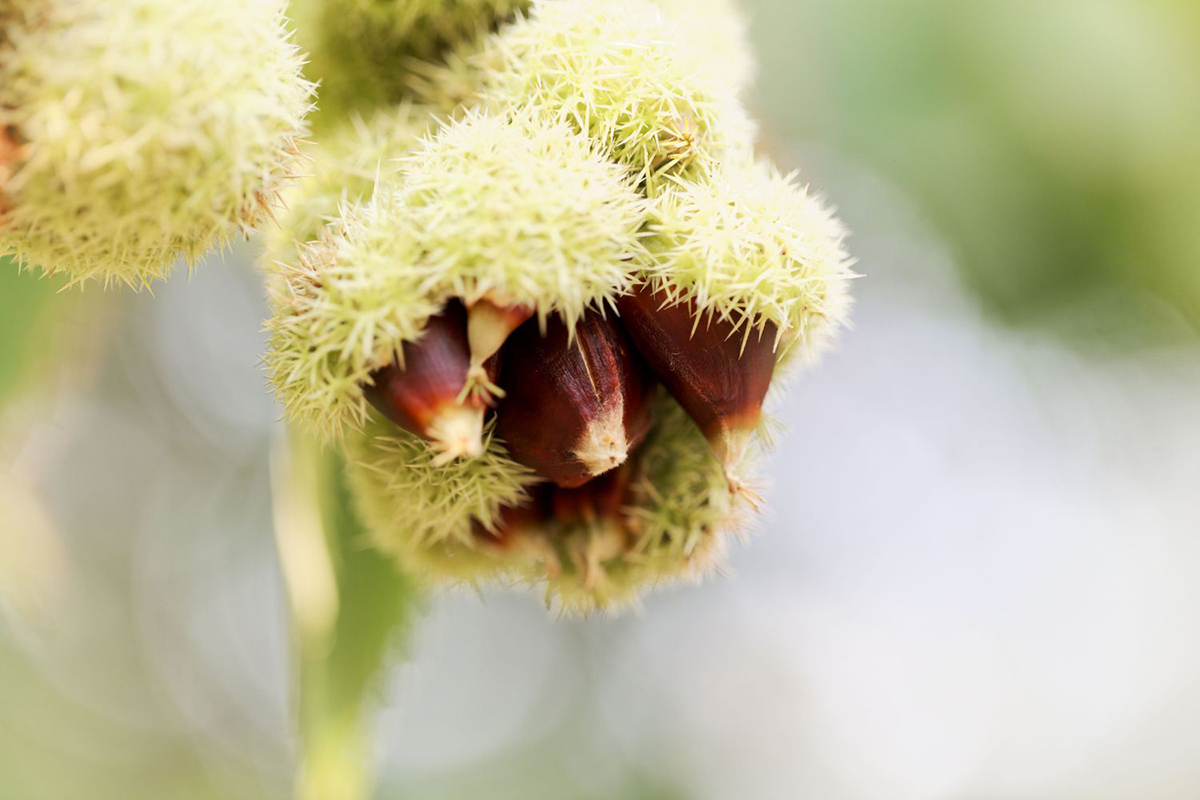
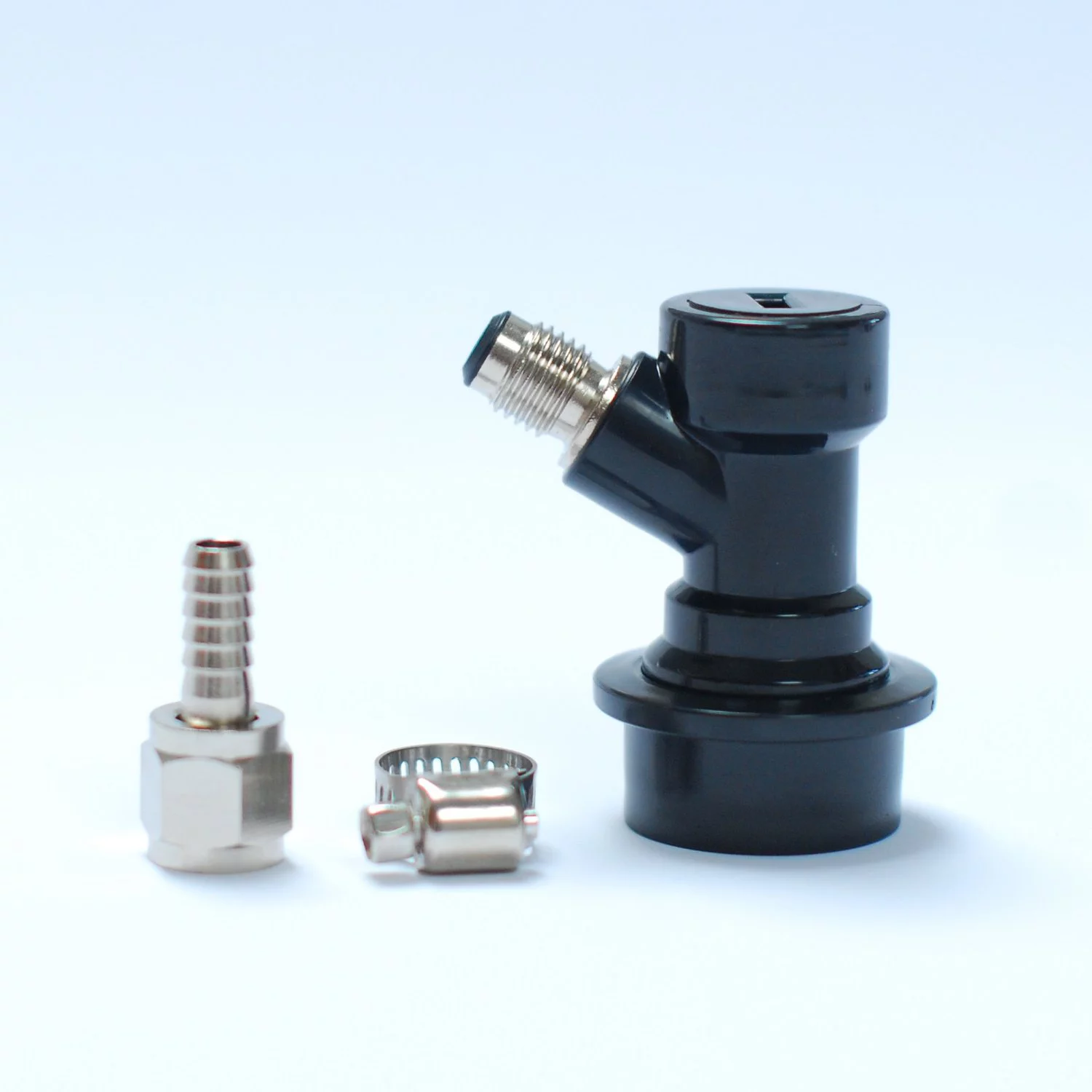
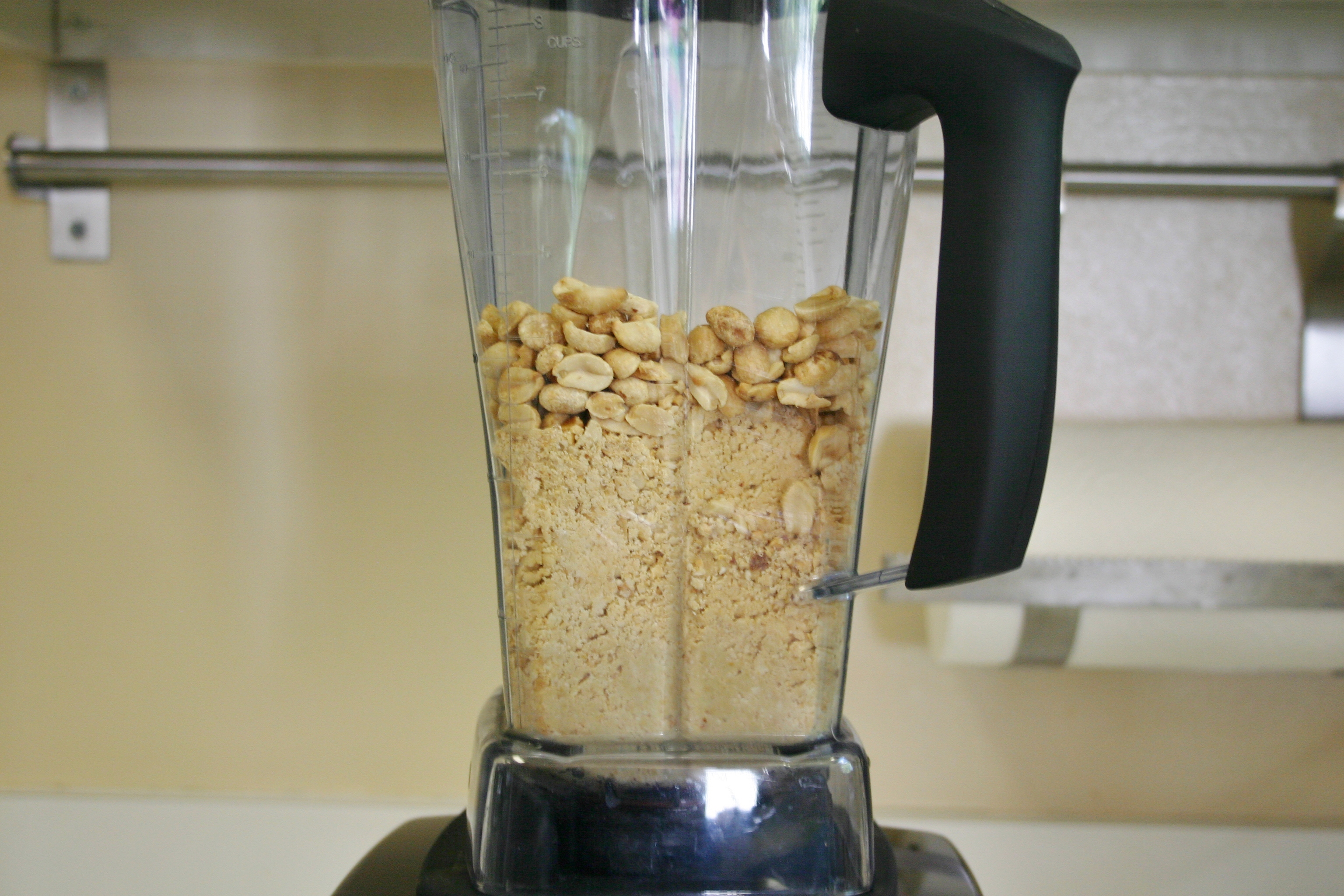
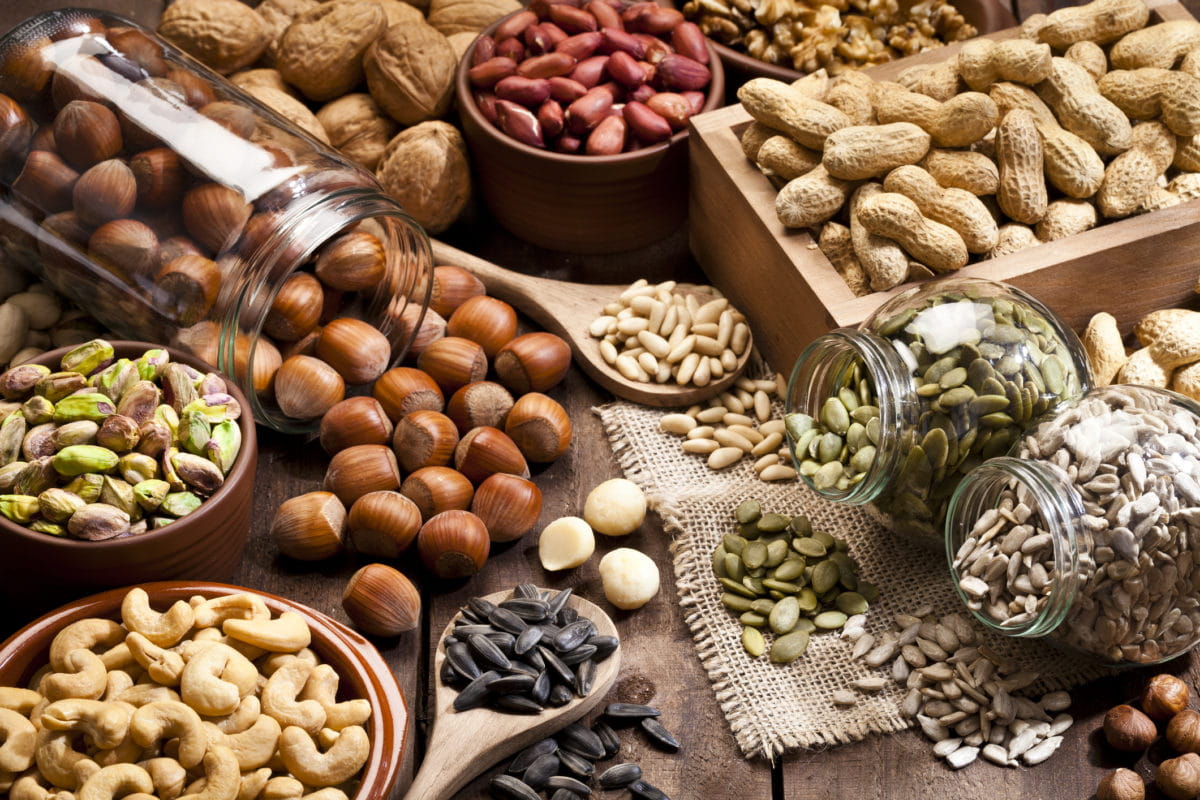
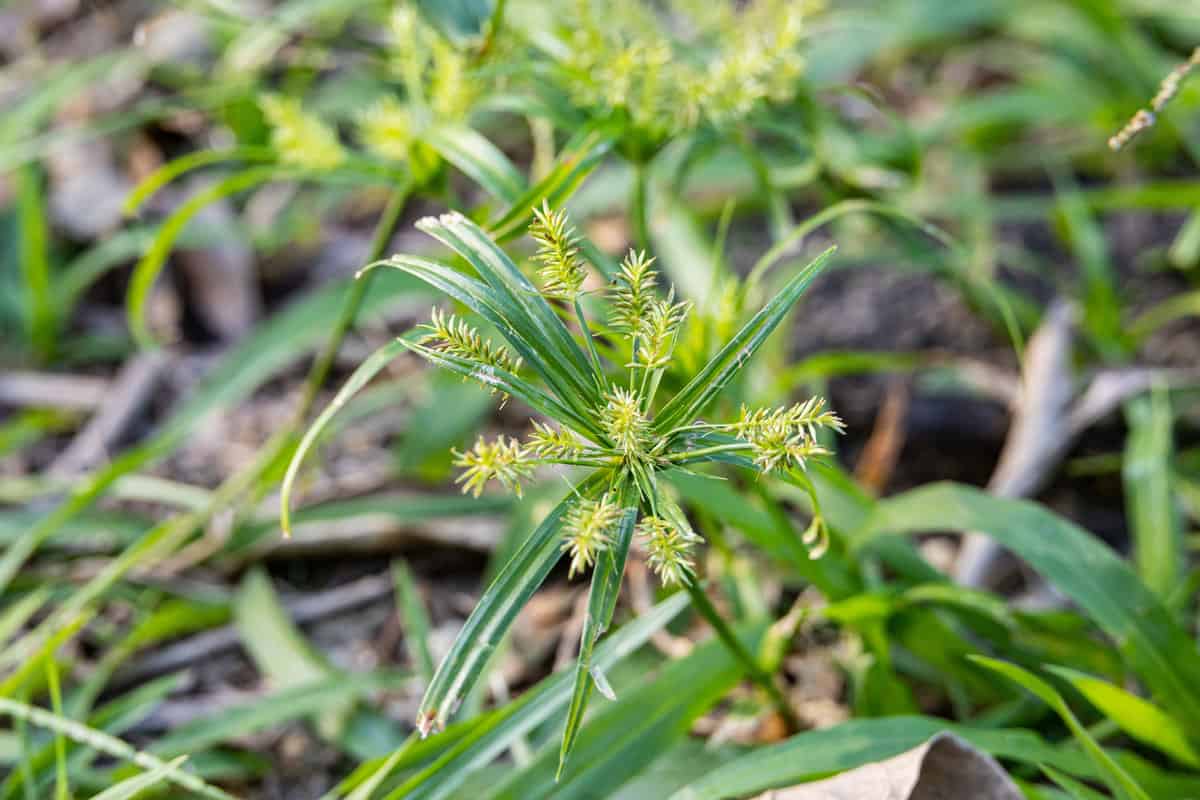
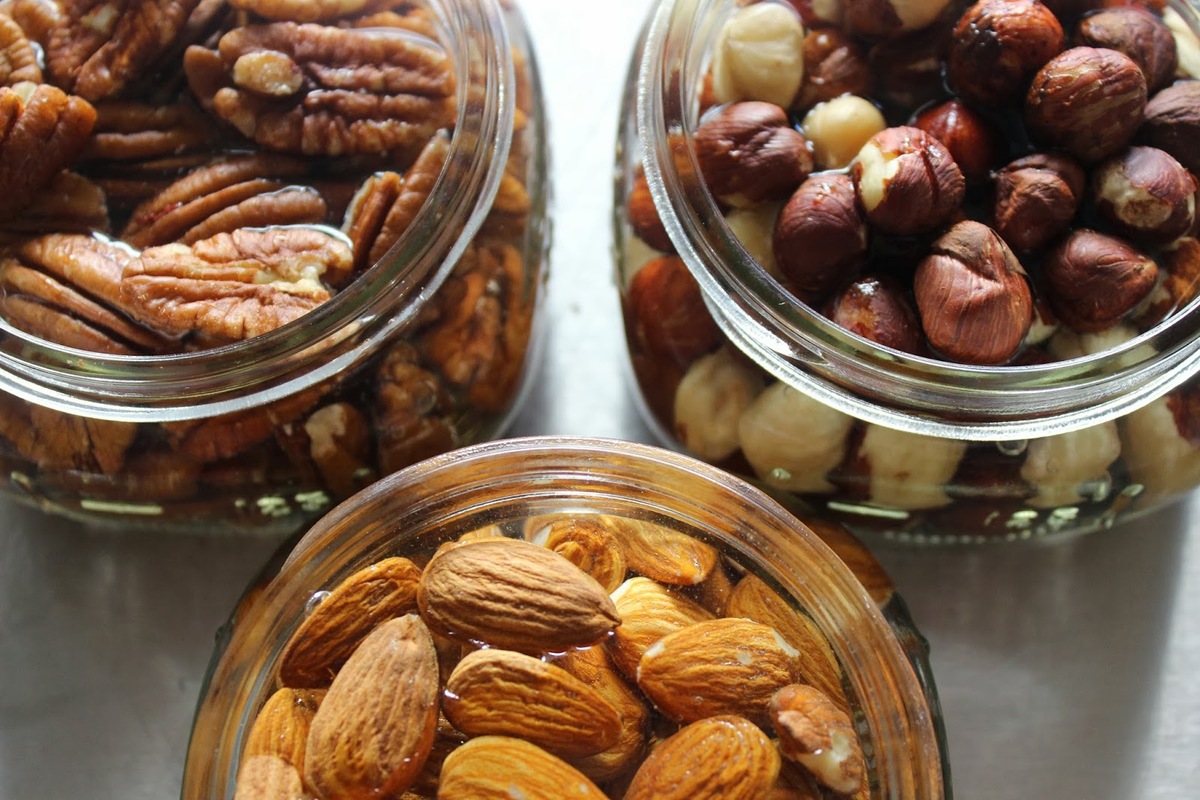

0 thoughts on “How To Store Pistachio Nuts”